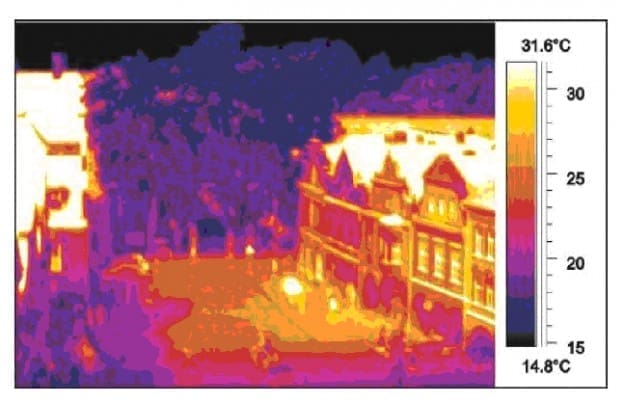With a record drought in California, floods in the UK and snow paralyzing areas of the South that have hardly met a plow, people are starting to make the connection between climate change and water. But generally the cause-and-effect link only goes one way, noting how climate change will affect water by putting stress on global water sources while parts of the world get soaked. This is a real concern. But we’re not seeing the other part of the picture: the effect that water can have on climate. You see, water in its various forms is an important thermoregulator of climate. By working with the water cycle—most basically by keeping water on the land in soil and vegetation—we can address climate changes locally, regionally and even beyond.
There’s a group of Eastern European scientists who’ve written a book called The New Water Paradigm: Water for the Recovery of the Climate. I have to say, it fairly blew my mind. Co-author Jan Pokorny, a Czech scientist, explains how evapotranspiration, the upward movement of water through plants, is the “most powerful vehicle for solar energy transformation” in existence. Living plants transpire, which is a cooling mechanism. When soil is covered up, paved over, or dried out, there’s no transpiration and the ground heats up – as is happening more and more in the middle of the country, our once vaunted “breadbasket” – as well as around the world. If we focus on keeping soil moist and covered with plants, we can build microclimates of cooling. Microclimates can eventually add up to macroclimates, and this shifts multiple dynamics that affect climate.
It’s useful to consider that water vapor is the predominant greenhouse gas in the atmosphere, not carbon dioxide. Water vapor makes up between 1 and 4 percent of the atmosphere, whereas carbon dioxide is 0.0397 percent (that’s the parts-per-million figure we hear about.) Water has a greater capacity to absorb thermal energy than any other known substance. At the same time, it’s in constant flux, moving through the atmosphere and between forms, shape-shifting from gas to liquid to solid and back again. For this reason water vapor is hard to measure and plug into climate models.
We don’t have to wait for carbon dioxide levels to come down in order to mitigate climate change – we can begin to restore the water cycle, which will in turn restore ecosystems. Moreover, we need to do this. For here’s what we don’t talk about when we talk about climate change: we can draw all the carbon out of the atmosphere that we want and still have the problems we now associate with CO2-driven climate change. As Walter Jehne, a soil microbiologist and Director of Healthy Soils Australia puts it:
Water is not a secondary feedback; it can be used as a primary vehicle of climate relief.
By Judith Schwartz, Advisory Board Member and author of Cows Save the Planet
========================

